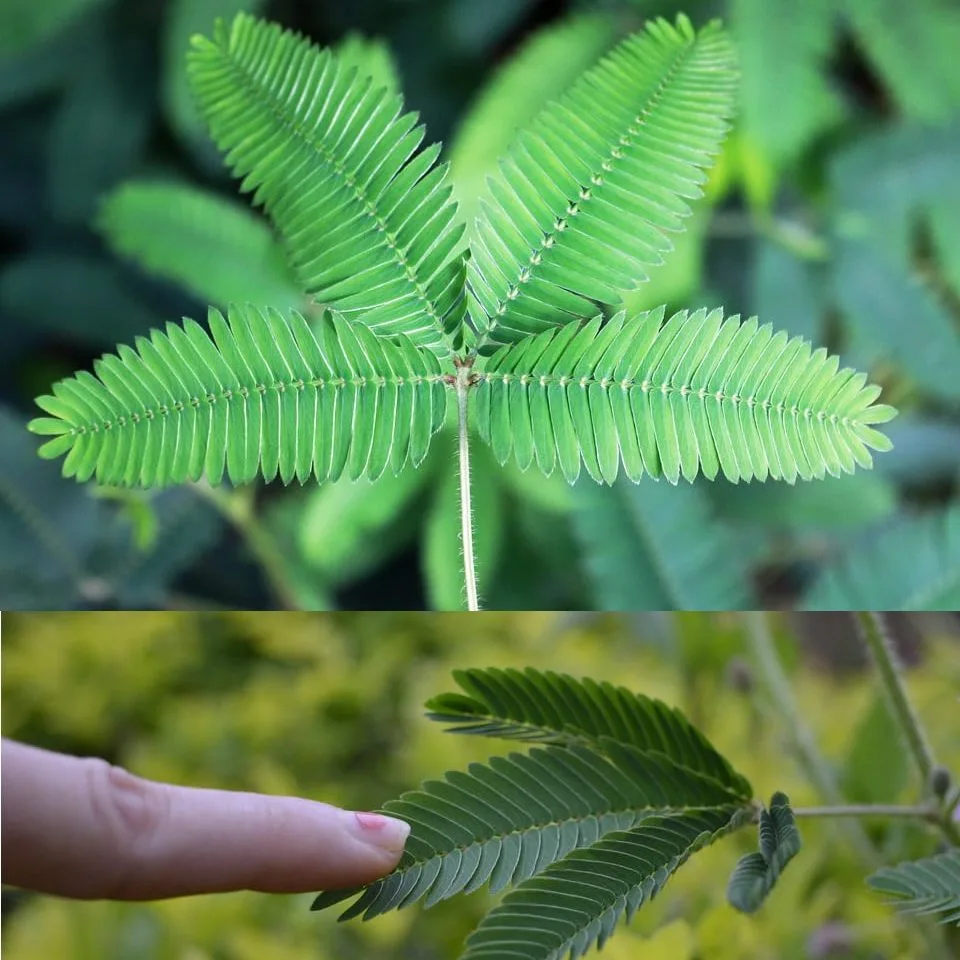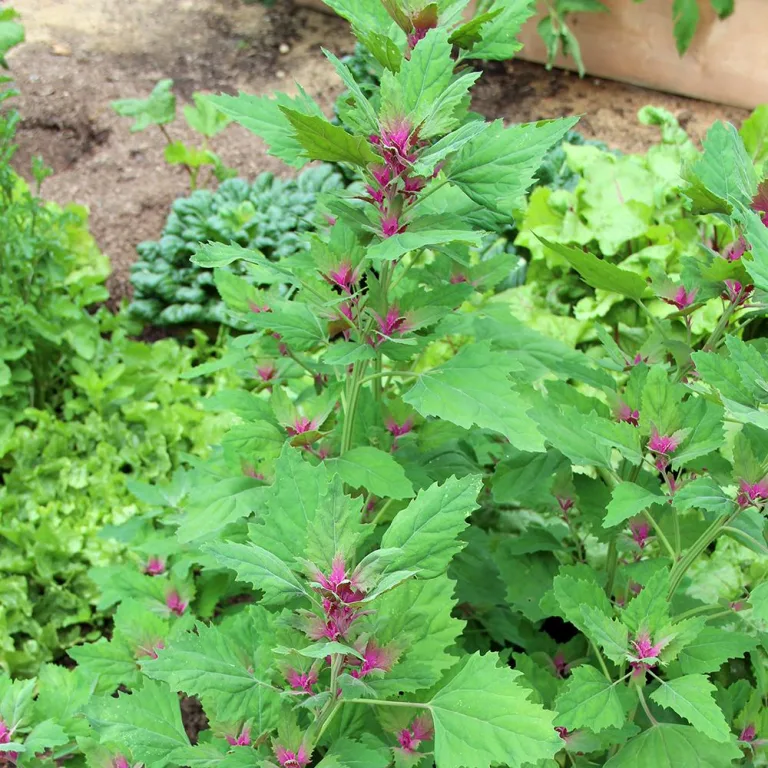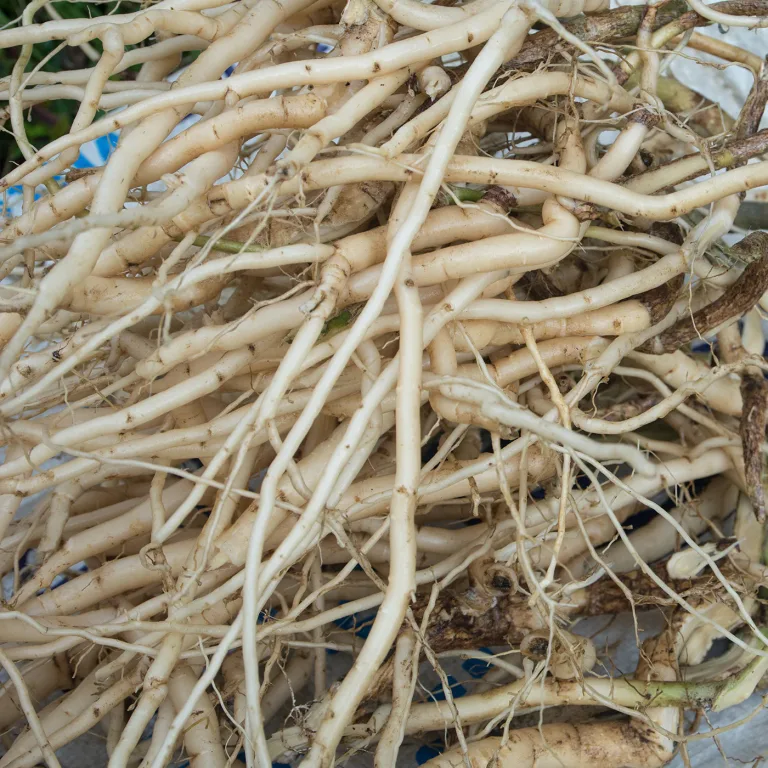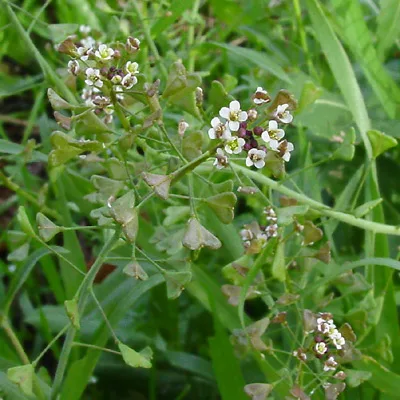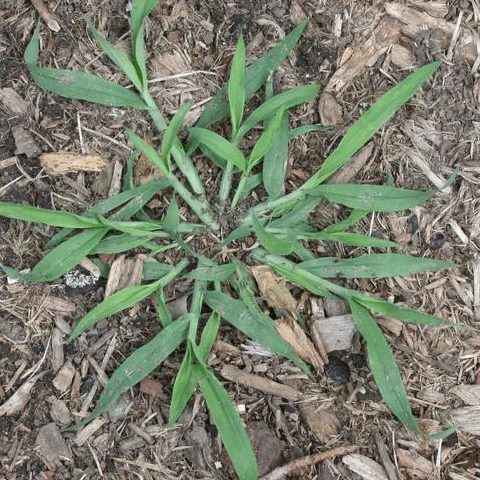Sensitive Plant: Nature’s Touch-Healing Herb
The sensitive plant (Mimosa pudica), also called the “touch-me-not plant,” is not only known for its fascinating ability to fold its leaves when touched but also for its powerful medicinal properties. Used in traditional medicine systems for centuries, the sensitive plant provides a range of health benefits, from soothing inflammation to supporting digestion and wound healing. Its versatility makes it a valuable addition to your natural remedy toolkit.
This article delves into the benefits of the sensitive plant, practical uses, and remedies you can make at home.
Why Use the Sensitive Plant?
The sensitive plant offers numerous health benefits thanks to its anti-inflammatory, antimicrobial, and wound-healing properties:
- Relieves inflammation: Helps with arthritis and joint pain.
- Supports wound healing: Speeds up recovery from cuts and sores.
- Improves digestion: Helps with diarrhea and stomach discomfort.
- Calms the mind: Reduces anxiety and promotes relaxation.
- Balances women’s health: Used in traditional remedies for menstrual pain and urinary issues.
Top Uses of the Sensitive Plant
1. Relieving Joint Pain and Inflammation
The sensitive plant’s anti-inflammatory properties make it an effective remedy for arthritis and other inflammatory conditions.
How to Use:
- Leaf Paste: Grind fresh sensitive plant leaves into a paste and apply it to swollen joints or sore muscles.
- Soothing Tea: Brew a tea with the leaves to reduce internal inflammation.
2. Healing Wounds and Sores
The sensitive plant’s antimicrobial properties help prevent infections and promote faster healing of cuts, wounds, and skin ulcers.
How to Use:
- Wound Wash: Boil the leaves in water, cool, and use the liquid to wash wounds.
- Poultice: Mash fresh leaves into a paste and apply it directly to the wound. Cover with a clean bandage.
3. Improving Digestion
The sensitive plant is often used to soothe the digestive system, especially for diarrhea and stomach pain.
How to Use:
- Digestive Tea: Brew sensitive plant leaves and roots in hot water and sip it to relieve stomach discomfort.
- Powder Remedy: Dry the leaves, grind them into a powder, and take with warm water to alleviate diarrhea.
4. Promoting Mental Relaxation
Known for its calming effects, the sensitive plant is used to reduce anxiety and promote better sleep.
How to Use:
- Relaxation Tea: Steep dried sensitive plant leaves in hot water for 5-10 minutes and drink before bed.
- Bath Soak: Add fresh leaves to warm bathwater for a relaxing soak.
5. Supporting Women’s Health
Traditional medicine often uses the sensitive plant for menstrual pain and urinary tract health.
How to Use:
- Menstrual Relief Tea: Brew the leaves and roots to make a tea that soothes cramps and regulates cycles.
- UTI Support: Drink sensitive plant tea to promote urinary tract health and reduce discomfort.
How to Use the Sensitive Plant
1. Sensitive Plant Tea for General Health
A simple tea to enjoy the plant’s overall benefits.
Ingredients:
- 1 teaspoon dried sensitive plant leaves (or a handful of fresh leaves)
- 1 cup hot water
Instructions:
- Add the leaves to hot water and let steep for 10 minutes.
- Strain and sip slowly. Drink 1-2 cups daily.
2. Leaf Paste for Inflammation or Wounds
A quick and effective remedy for external use.
Ingredients:
- Fresh sensitive plant leaves
Instructions:
- Mash or grind the leaves into a paste.
- Apply directly to the affected area.
- Cover with a clean cloth and leave for 20-30 minutes.
3. Sensitive Plant Powder for Digestion
An easy remedy for digestive health.
Ingredients:
- Dried sensitive plant leaves
Instructions:
- Dry the leaves and grind them into a fine powder.
- Mix 1/2 teaspoon of powder in warm water.
- Drink once daily to relieve digestive discomfort.
4. Sensitive Plant Bath for Relaxation
A soothing bath to calm the body and mind.
Ingredients:
- 1 cup fresh sensitive plant leaves
- Warm bathwater
Instructions:
- Add the leaves to a tub of warm water.
- Soak in the bath for 20-30 minutes to relax muscles and reduce stress.
5. Wound Wash for Healing
A gentle wash to promote wound healing and prevent infections.
Ingredients:
- 1 handful fresh sensitive plant leaves
- 2 cups water
Instructions:
- Boil the leaves in water for 10 minutes.
- Let the liquid cool and strain.
- Use the wash to clean wounds or irritated skin.
Safety Tips for Using the Sensitive Plant
- Moderation: Use the sensitive plant in small doses, especially when consuming it as tea or powder.
- Pregnancy and Nursing: Avoid using the sensitive plant during pregnancy and breastfeeding without consulting a doctor.
- Allergies: Perform a patch test when applying the plant externally to ensure no allergic reaction.
- Medical Conditions: Consult a healthcare provider before using the sensitive plant if you have chronic health conditions or are on medications.
Why Use the Sensitive Plant?
The sensitive plant is a natural, affordable, and versatile remedy that addresses inflammation, digestion, relaxation, and more. Whether you’re using it to soothe joint pain, heal wounds, or calm your mind, this humble herb is a powerful ally in your wellness journey.
Try one of the remedies or recipes above and experience the benefits of the sensitive plant for yourself. What will you use it for first?

Lucas este un specialist recunoscut în pierderea în greutate, cu peste 5 ani de experiență în domeniu. Ca manager de conținut pentru Activestinromania.ro, el își folosește cunoștințele aprofundate pentru a ghida persoanele în călătoria lor de scădere în greutate. Specializându-se în strategii bazate pe dovezi, Lucas oferă sfaturi practice și perspective cuprinzătoare pentru a ajuta cititorii să-și atingă obiectivele de fitness. Angajamentul său pentru promovarea schimbărilor de stil de viață sănătos este evident în articolele sale educaționale și motivante, concepute pentru a-i împuternici pe cititori cu uneltele necesare pentru o gestionare eficientă a greutății.

